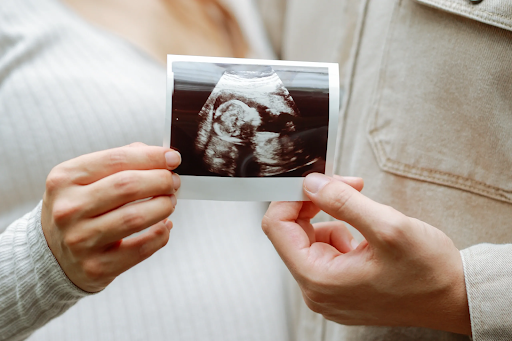Pregnancy is a unique journey filled with anticipation, excitement, and often, a few uncertainties. Expecting parents eagerly await the first glimpse of their baby, and modern medical technology has made it possible to experience this in ways previously unimaginable. Among the many advancements in prenatal care, 3D ultrasound stands out as a remarkable tool that allows expectant parents to witness their baby’s development in a highly detailed and vivid manner. This article explores how 3D ultrasound offers a new perspective on pregnancy, providing expectant parents with a deeper connection to their unborn child.
What is 3D Ultrasound?
3D ultrasound is a sophisticated imaging technique that uses sound waves to create three-dimensional images of the fetus within the womb. Unlike traditional 2D ultrasounds, which provide flat, black-and-white images of the baby, 3D ultrasounds generate realistic, lifelike renderings. By capturing images from different angles, 3d ultrasound can reveal intricate details of the baby’s features, providing an unprecedented level of clarity and depth.
The Benefits of 3D Ultrasound in Pregnancy
- A Clearer View of the Baby’s Development
One of the primary benefits of 3D ultrasound is the ability to provide a clearer, more detailed view of your baby. The high-resolution images allow doctors and parents to see the baby’s face, body, and movements more clearly than with traditional methods. This can be particularly valuable for identifying certain conditions or anomalies early on, enabling healthcare providers to take necessary precautions or offer reassurance if everything is progressing normally.
- Improved Gender Determination
For parents eagerly awaiting to find out the gender of their baby, 3D ultrasound provides a much more accurate and clear image of the genital area. The detailed visual nature of the 3D scan can make gender determination easier and more definitive, giving parents a definitive answer earlier than some traditional methods might offer.
- Emotional Connection and Bonding
Perhaps the most powerful aspect of 3D ultrasound is the ability to create an emotional connection with the unborn child. Seeing a realistic image of the baby can deepen the bond between parents and their little one, making the pregnancy feel more personal and tangible. This emotional experience is particularly meaningful for parents who are struggling with infertility or those who have experienced previous pregnancies with complications.
- A Glimpse into the Baby’s Expression
3D ultrasound also allows parents to witness their baby’s facial expressions, which are often captivating. For example, the technology may reveal the baby yawning, smiling, or even frowning. These moments offer parents an opportunity to see their child’s developing personality, making the pregnancy journey feel even more intimate and special.
How Does 3D Ultrasound Work?
3D ultrasound uses high-frequency sound waves to capture detailed images of the baby in the womb. The process is similar to a traditional 2D ultrasound, but with a few key differences. A transducer, which is a small device that emits sound waves, is placed on the mother’s abdomen. These sound waves bounce off the baby’s tissues and are then converted into digital images.
In a 3D ultrasound, the images are captured from multiple angles. Specialized software then combines these images to create a three-dimensional model of the baby. This model is displayed on a monitor, allowing doctors and parents to observe the baby’s features in real time. The images can be rotated, zoomed in on, and saved for later viewing.
When Should You Have a 3D Ultrasound?
While 3D ultrasound is a valuable tool, it is typically not a routine part of prenatal care. Most doctors recommend it as an elective procedure, often performed during the second or third trimester of pregnancy. It is especially useful around 26 to 32 weeks, when the baby is large enough to be clearly visible but not so large that the images become distorted.
Some expectant parents may choose to have a 3D ultrasound to enhance their overall pregnancy experience, while others may opt for it if they have concerns or specific questions about the baby’s development. It’s important to note that 3D ultrasound should not be used as a substitute for medical diagnostics, and it is always best to consult with a healthcare provider to determine the most appropriate time for a 3D scan.
Conclusion
3D ultrasound represents a significant leap in prenatal imaging, offering expectant parents an unparalleled opportunity to witness the development of their baby. With its ability to produce realistic images, enhance gender determination, and create a stronger emotional bond, 3D ultrasound provides a unique window into the world of pregnancy. Whether you are looking for reassurance, a deeper connection, or simply a more detailed view of your baby, 3D ultrasound allows you to experience this incredible journey in a way that was once unimaginable.


